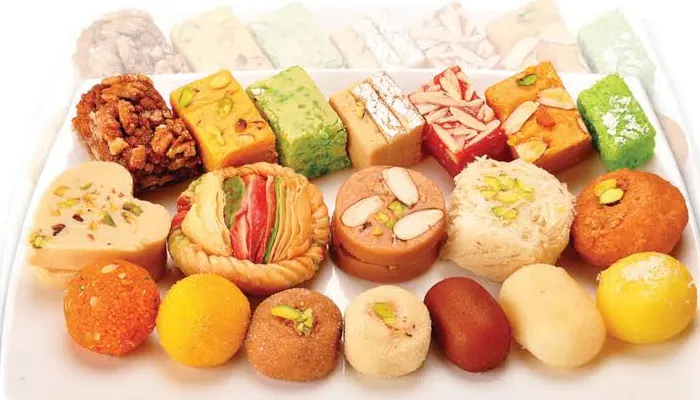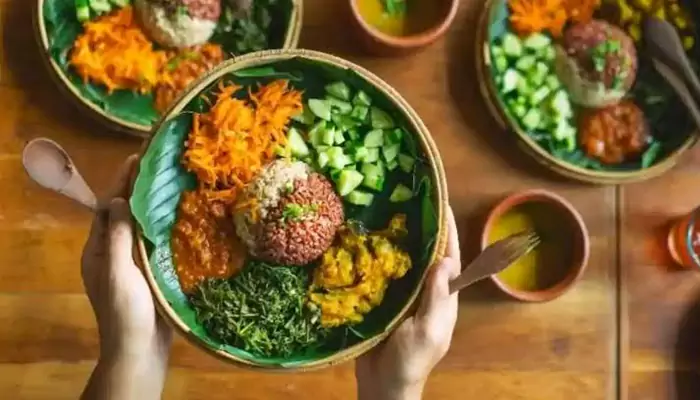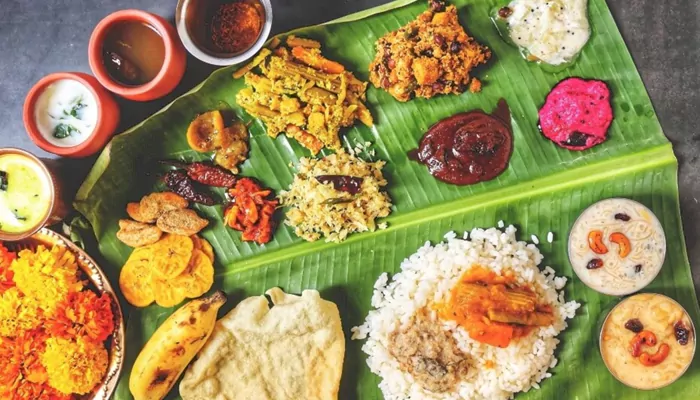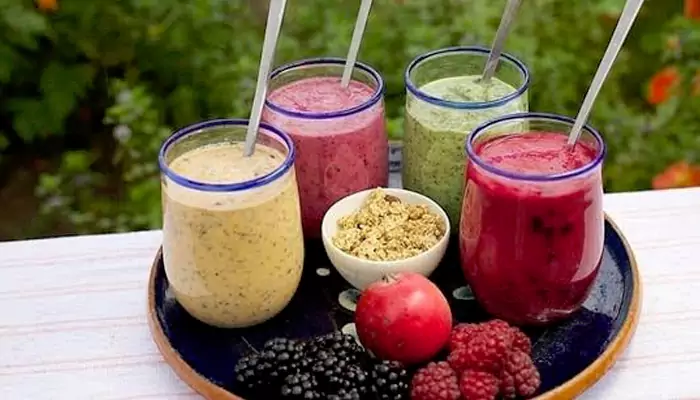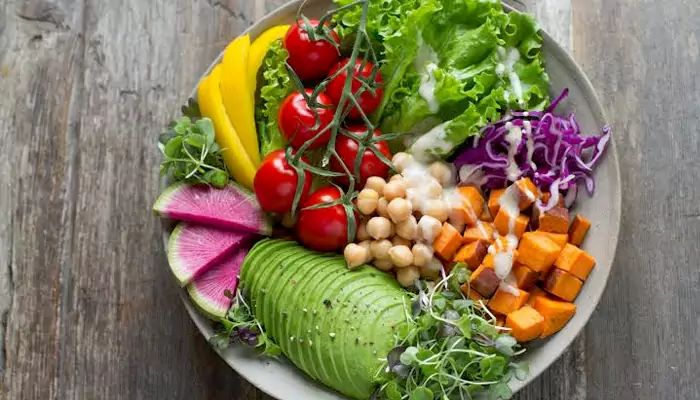Sabzi of the Day - Sweet and Savoury: Corn's Health Benefits and Recipes You’ll Love
- Rohit Chatterjee
- 11 months ago
- 3 minutes read

Packed with fibre, minerals, and vitamins, corn is versatile enough to become a dish of its own or seamlessly integrate with other dishes
Makki ki roti, or corn in any type of soup, has the unique capability to become a complete dish of its own or get integrated into a variety of dishes across the world. Therefore, even in India, corn is quite a staple food in regions where it is heftily available. Apart from its versatility, corn’s nutritional value is super rich, and it also has a number of health benefits.
Packed With Nutritious Goodness
Given corn is used in various forms, let us look at the different nutritional values.
100 grams of boiled corn comprises:
Calories: 96
Water: 73%
Protein: 3.4 grams
Carbs: 21 grams
Sugar: 4.5 grams
Fibre: 2.4 grams
Fat: 1.5 grams
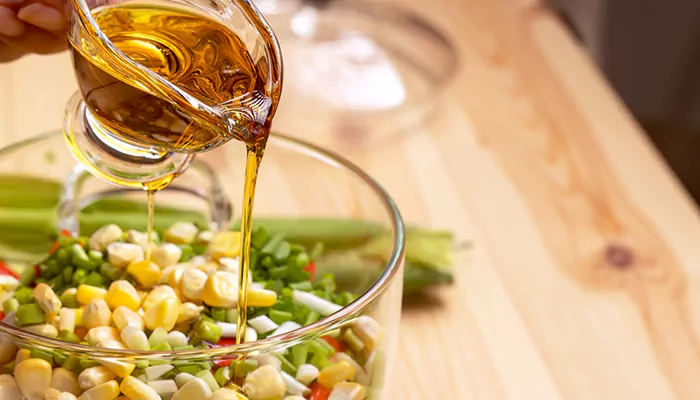
Moving on to corn oil, it has only 5-6 per cent fat content, making it a low-fat food. Even popcorn, which is often consumed while watching movies, contains manganese, phosphorus, magnesium, zinc, and copper. Sweet corn, too, is packed with nutrients such as pantothenic acid, folate, vitamin B6, niacin, and potassium. Not to forget, antioxidants such as ferulic acid, anthocyanins, zeaxanthin, lutein, and phytic acid.
A Yellow Superfood
Eagle-like vision: Given corn contains zeaxanthin and lutein, it promotes eye health. Although many studies do not support this, there are several others that claim that zeaxanthin and lutein reduce the risk of both macular degeneration and cataracts, which are the most common visual impairments in the world.
Have you heard of cornsilk tea?
— Barbara Oneill (@BarbaraOneillAU) November 9, 2024
Don’t throw away those corn silks!!! 🌽 Turn them into tea instead! Corn silks are wonderful for all things bladder and urinary system related. They have a diuretic, antiseptic and anti-inflammatory effect on the body with a cooling energy that… pic.twitter.com/EAkg7cMR75
(Credit- X/@BarbaraOneillAU)
Divert diverticulosis: Diverticulosis happens when pouches form on the wall of the colon, leading to cramps, flatulence, bloating, and, at times, even bleeding and infection. Earlier, it was thought that corn triggers diverticulosis, but one study showed that men who consume more popcorn were less susceptible to diverticulosis.
Popcorn is Good, These Recipes are Better
Corn Pakora: Boil corn, mash it with chickpea flour, and add spices and salt to your liking. Once done, fry in any cooking oil that is suitable for your taste buds and serve the sauce, cheesy dips, or even Indian chutneys.
(Credit- Instagram/foodzie_goodzie)
Bhutte ka Kees: A popular dish in Madhya Pradesh, corn is grated and cooked with milk, various spices, and a little bit of sugar. The dish is a savoury dish that is beautifully combined with sweets and spices. Usually, it is served with coriander and grated coconut on top.
Corn Pulao: Corn is like any other pulao with tonnes of vegetables, but in this case, the quantity of corn should be more than another vegetable. Fry the corn with onion and vegetables of your liking, add whole spice and sugar, and sauté. Once a day, add cooked basmati rice and sauté again for another 10 minutes. If you like a little bit of heat, you can add freshly ground pepper, and the dish is ready to be eaten with any sort of gravy.
(Credit- Instagram/homecookingshow)
You see, there are a number of reasons why corn is one of the most consumed cereals in the world. Therefore, if your diet is missing corn, it’s time to add some.

